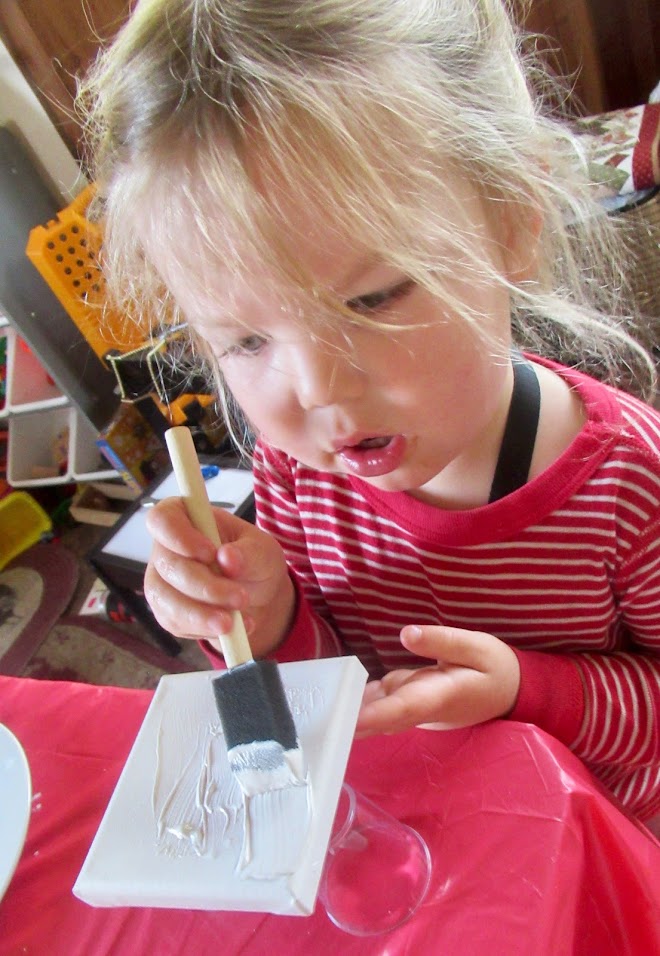I am doing the A-Z challenge. Today’s letter is O for ocean.
Ocean in Motion
My father hailed from Michigan, but when he came out to California, he developed a deep-seated reverence for the ocean. Over the course of my childhood/youth, I also embraced the ocean as one of the most important elements in my life. The power, beauty and serenity of being at the coast, has always moved me like no other natural setting on earth.
My earliest memory of the ocean is camping at Tin Can Beach, in the mid-fifties. Papa would pound two six-foot long poles into the sand, string a rope between them, and place a piece of canvas over the rope, spread out on either side to form a pup-tent. Around 1959, two-year-old little brother Matthew, excited at the prospect of the upcoming camping trip, lowered his head and ran straight into the 2nd to the bottom pane of glass on the front entryway door to our home in La Puente, requiring a trip to Dr. Miesel’s office for stitches. It did not dampen our enthusiasm, merely delayed it.
Tin Can Beach was the name given to what later became known as Bolsa Chica. At the time we were camping there, we would park at any point along the expansive emptiness, lug our belongings across a three hundred foot stretch of sand, and pitch the tents. As we gazed up and down the coastline, there was no other vestige of humanity visible, except for the incessantly bobbing oil-drilling machines, omnipresent along the coast.
Beginning around 1960, we began migrating northwards, first to Santa Barbara, only to be told the campground was filled, and then on up to Jalama, located in the vicinity of Lompoc. The campground at Jalama never filled up, because it was quite an adventure to get to it, including traversing the last five miles over a dirt road. Once there, we found it windy, rough and quite chilly at night. But it served the purpose of allowing our family to be able to enjoy the annual summer vacations, that always involved camping. Jalama is the site where the tradition of the evening candy bars came into existence.
Mama would go to Sav-on Drugs store, where candy bars were a nickel apiece or three for a dime, and bring home a grocery sack filled with goodies. Then, while sitting around the campfire at night, she would pass the bag around and each of us would make a selection from the bag. As out-of-character as this was for our family, it was established early on as a tradition that would extend into the seventies.
Beginning in 1964, we turned our sights south to Baja, California, and brushed up on our Spanish to be able to communicate with the locals. It cost fifty cents a night to stay in the campsite just south of Ensenada. We would use the campsite as a base for excursions out and about the countryside.
Papa would take us older boys out fishing at least once each trip, going out in a small motorboat, to catch bottom fish, including red snapper and rock cod. Papa would then make the most delicious fish chowder, or fry it up on the Coleman stove, together with onions and potatoes. I know that motion sickness is a common enough phenomenon for many, but I never had this misfortune befall me. The secret for me was to always go out on a full stomach and pack a sack lunch with three or four sandwiches. I was never all that successful with the pole and reel, but that was not important. Going out on the boat was.
When I got into my mid-teens, I acquired a ten-foot long Chuck Dent surfboard, and hit the beach in Orange county as frequently as I could. Later, when I moved up to the Bay Area, to live in San Jose, it was just a thiry-five or forty minute ride over Highway 17, to Santa Cruz. The water was much colder up in NorCal, than in the south, but the rays were just as plentiful.
Once Annie and I made the move up to Mendocino County, it took a bit longer to make it over to the coast, about an hour and a half or so, but that was because Branscomb road was still unpaved. We took the boys over when they were smaller, but once they got old enough to swim in the ocean, we were more inclined to go up to the river, where it was safer. Ironically, we can see the ocean in three different places each morning, as we walk along Bell Springs Road, because of the high elevation. As the raven flies, (We have ravens up here, not crows.) I guesstimate it is twenty miles to the water.
Annie and I still venture over to the coast for a two or three-day trip, at least once every year. We have talked forever about getting a little camping trailer, no longer than twelve feet, but it hasn’t happened yet. There’ll come a time, when getting up off the ground, after sleeping all night, will not be possible. Then we will find the way to make the trailer happen. Until then, a tent and an air mattress will do. Oh, and by the way, we still like to have a sweet treat at night-make mine a Snickers Bar; Annie will take a package of peanut M&M’s.














